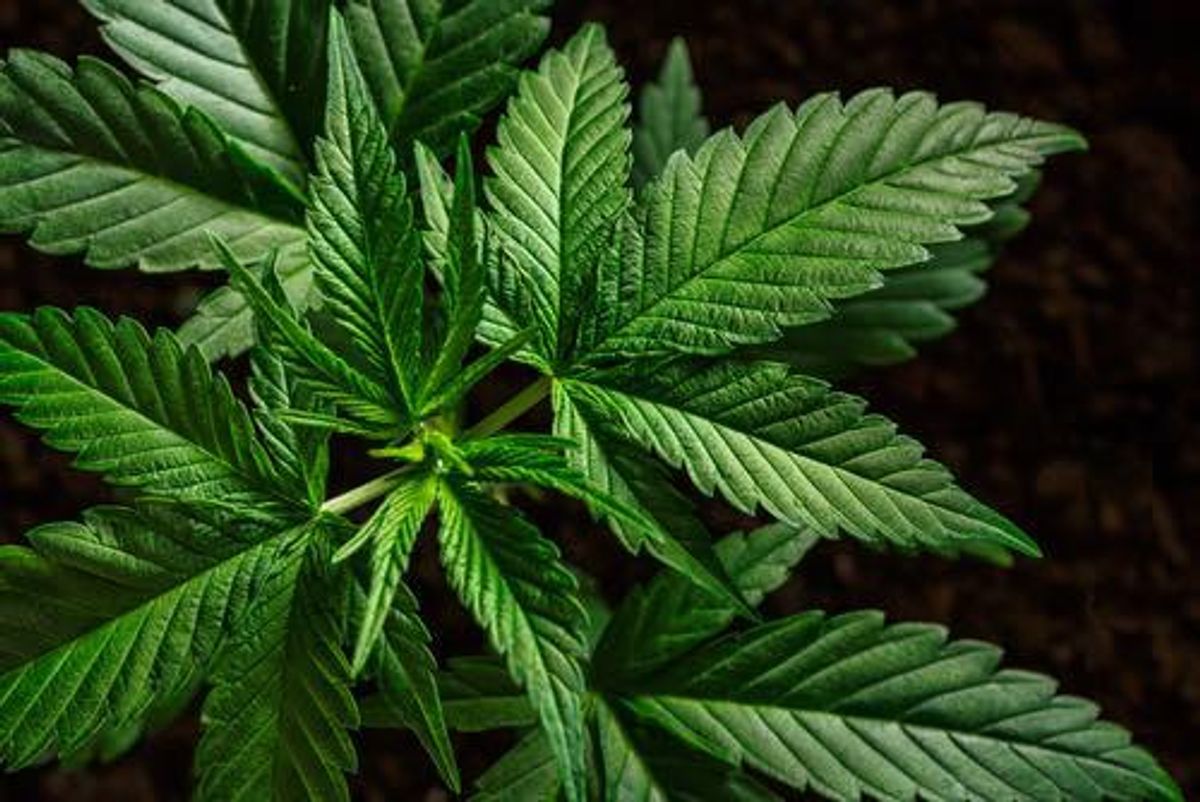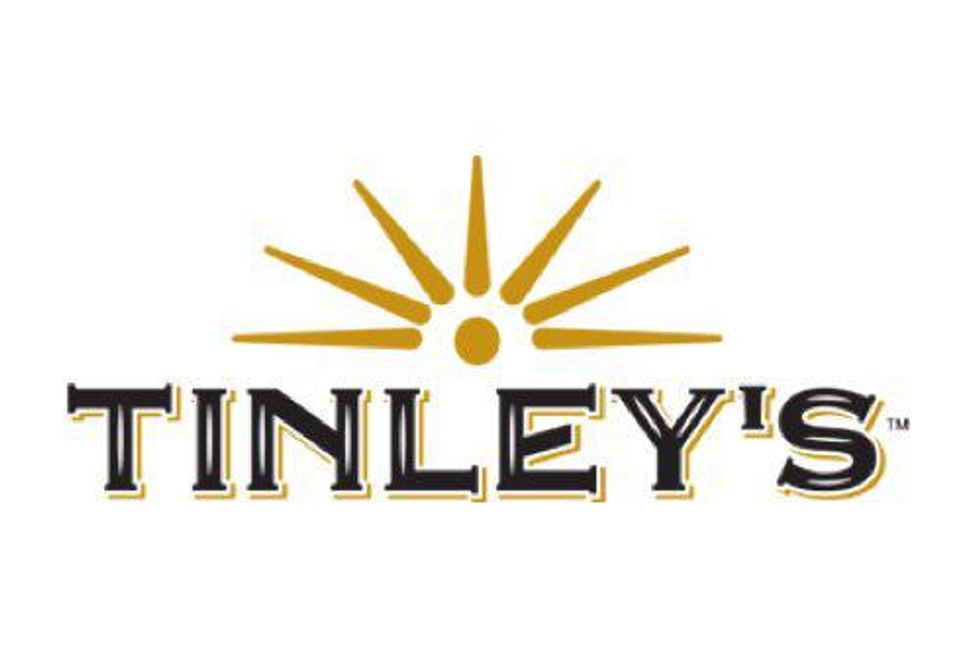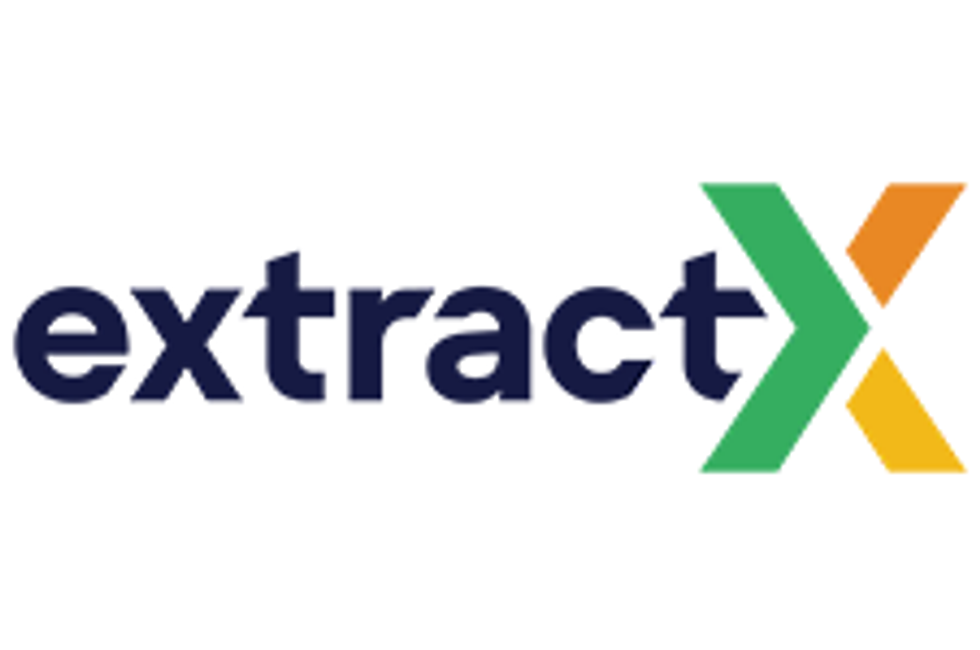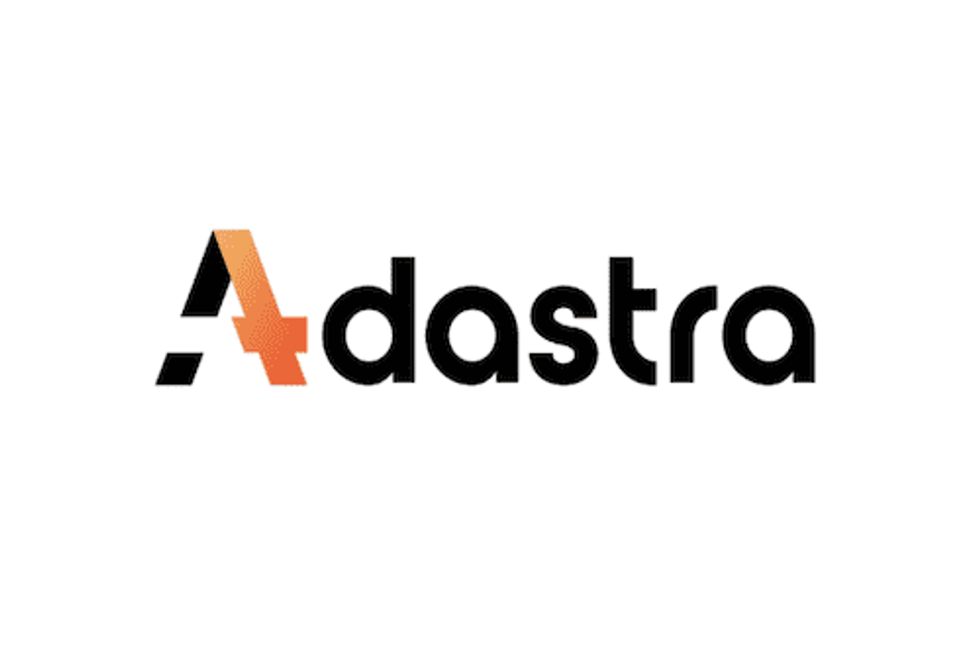
INN takes a closer look at six of the biggest cannabis exchange-traded funds and how they’ve performed so far in 2020.
In a year affected by the coronavirus, cannabis stocks haven’t escaped market volatility, and this has impacted the performance of exchange-traded funds (ETFs) in the public space.
ETFs offer a basket of stocks as an investment vehicle for those who may be hesitant to pick individual names. ETF companies have made their case in cannabis by promoting the reassurance of having broad exposure in what is still a fairly new investment market.
Despite their relative stability in a volatile sector, cannabis ETFs still see periods of change depending on the state of the industry. Some have added active management as a way to bolster themselves from the flippant state of cannabis investments, but it’s tough to stay ahead in a down market.
Here the Investing News Network (INN) takes a closer look at how the most relevant cannabis ETFs have performed in 2020 so far. The following Canadian funds all had net assets of over US$10 million at the time of publication; year-to-date percentage changes were calculated up until July 31, 2020.
1. Horizons Marijuana Life Sciences Index ETF (TSX:HMMJ)
Year-to-date percentage change: -17.27 percent
The one that started it all in Canada, HMMJ is still an outlet for the biggest cannabis names in the sector.
The largest holdings in the fund are Canopy Growth (NYSE:CGC,TSX:WEED), GW Pharmaceuticals (NASDAQ:GWPH) and Cronos Group (NASDAQ:CRON,TSX:CRON).
Over a year-to-date time period, the index that HMMJ tracks has decreased significantly as cannabis continues to take its lumps. The fund has gone down in value 17.27 percent for a price of C$7.09.
“Whenever you’re dealing with an early stage industry, like the global cannabis market, you’re going to have a high degree of failure, and what you’re hoping to do is capture in some way, shape or form the successful companies that are going to be the leaders of the sector,” Mark Noble, senior vice president of ETF strategy with Horizons ETFs, previously told INN.
2. ETFMG Alternative Harvest ETF (ARCA:MJ)
Year-to-date percentage change: -23.43 percent
MJ abides by the rules for cannabis in the US, meaning no active US cannabis companies will be included in the ETF until some of kind of reform is seen in the country.
“Even in those states in which the use of marijuana has been legalized, its possession and use remains a violation of federal law,” the fund’s documents indicate.
This fund utilizes the Prime Alternative Harvest Index as its tracking measurement. The largest names based on weight in MJ are the same as for HMMJ: GW Pharmaceuticals, Cronos and Canopy.
So far this year, the fund has decreased in value by 23.43 percent. The losses were extended by a sharp decline around February and March as the coronavirus pandemic began to really impact the performance of global markets.
At the end of July, the ETF ran at a value of US$12.94 per share.
3. Amplify Seymour Cannabis ETF (ARCA:CNBS)
Year-to-date percentage change: -9.91 percent
The launch of this ETF attracted a lot of attention based on the involvement of Tim Seymour, CIO of Seymour Asset Management and co-host of CNBC’s Fast Money. “An active approach is the only way to invest in a sector like this that’s changing by the day,” Seymour previously said.
The fund itself touts the advantage of having Seymour contribute to the management and direction of the ETF, counting his investment expertise and personal involvement in the sector as elements that may entice investors to take a closer look.
Despite the challenges this year, CNBS has seen a marginally less intense loss than other ETF players. Over a year-to-date period, it has decreased in value by 9.91 percent, resulting in a price of US$11.91.
CNBS has the same top holdings as the previous ETFs listed, which highlights the similarities in stocks seen in cannabis funds at the moment.
4. AdvisorShares Pure Cannabis ETF (ARCA:YOLO)
Year-to-date percentage change: -3.03 percent
This fund has the distinction of launching as one of the first actively managed ETFs in the cannabis space. Having an active manager in charge of the fund means there is a market observer following its day-to-day performance and making any necessary or possible adjustments.
Dan Ahrens, managing director with AdvisorShares, acts as the manager of this fund, which has a 0.6 percent fee. The top holdings for YOLO are Village Farms International (NASDAQ:VFF,TSX:VFF), Innovative Industrial Properties (NYSE:IIPR) and GW Pharmaceuticals.
This fund has also had a difficult year, but its decline has been only 3.03 percent — and in fact, it is inching closer to its highest price point of the year. At the end of July, the fund was priced at US$11.54.
This ETF offers investors a chance at exposure into names in the cannabis universe across the US and Canada, primordially.
5. The Cannabis ETF (ARCA:THCX)
Year-to-date percentage change: -18.32 percent
THCX was part of the rush of new cannabis ETFs launched in 2019. This fund also offers exposure to global cannabis corporations and stays away from any company touching the plant in the US.
This fund’s top holdings are an all-Canadian company lineup of Cronos, Aphria (NYSE:APHA,TSX:APHA) and Canopy Growth.
As far its performance so far in 2020, the fund has dropped in value significantly by 18.32 percent, and at the end of July it held a price of US$10.21.
6. Cambria Cannabis ETF (CBOE:TOKE)
Year-to-date percentage change: -16.38 percent
ETF provider Cambria Investment Management launched this fund as a way to gain entry into the cannabis investment arena, and invests in between 20 and 50 of the biggest companies available.
TOKE is an actively managed fund led by Mebane T. Faber, which costs investors a 0.59 percent management fee. Its top holdings are GW Pharmaceuticals, Aphria and Scotts Miracle-Gro (NYSE:SMG).
TOKE has struggled in 2020, and the fund had dropped 16.38 percent in value by the end of July, ending with a price of US$12.71. As of June 30, TOKE had dropped by 48.18 percent since its original launch date.
INNdepth
Want more details? Check out these articles for more INNdepth coverage:
Want an overview of investing in cannabis stocks? Check out Investing in the Cannabis Industry.
Don’t forget to follow us @INN_Cannabis for real-time news updates!
Securities Disclosure: I, Bryan Mc Govern, hold no direct investment interest in any company mentioned in this article.
Editorial Disclosure: The Investing News Network does not guarantee the accuracy or thoroughness of the information reported in the interviews it conducts. The opinions expressed in these interviews do not reflect the opinions of the Investing News Network and do not constitute investment advice. All readers are encouraged to perform their own due diligence.





